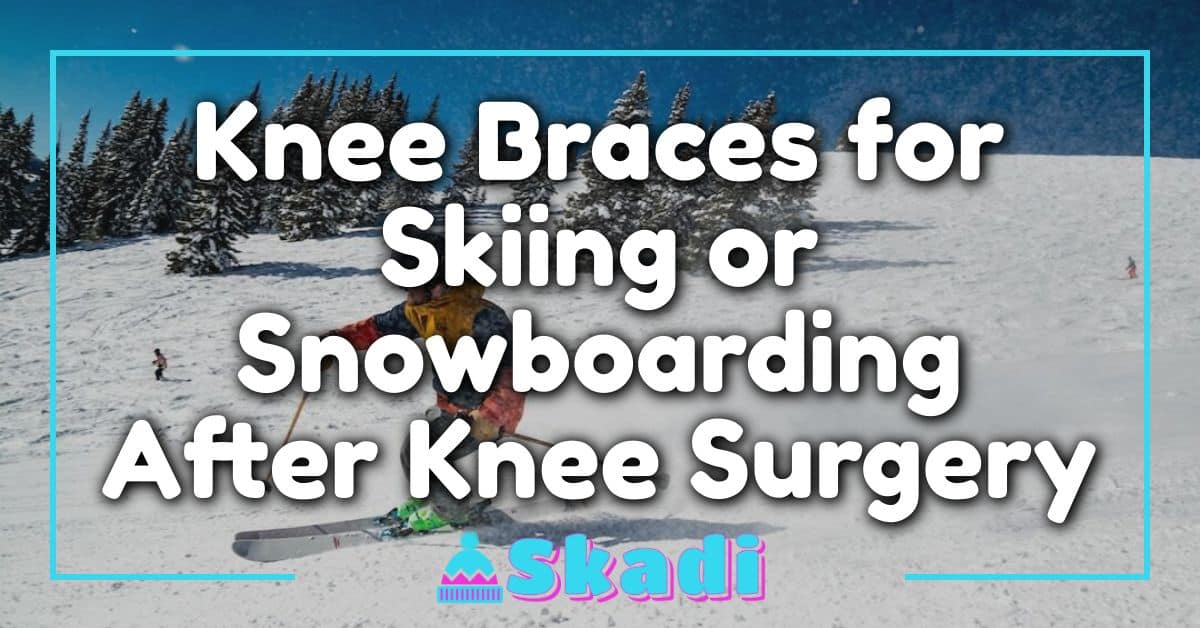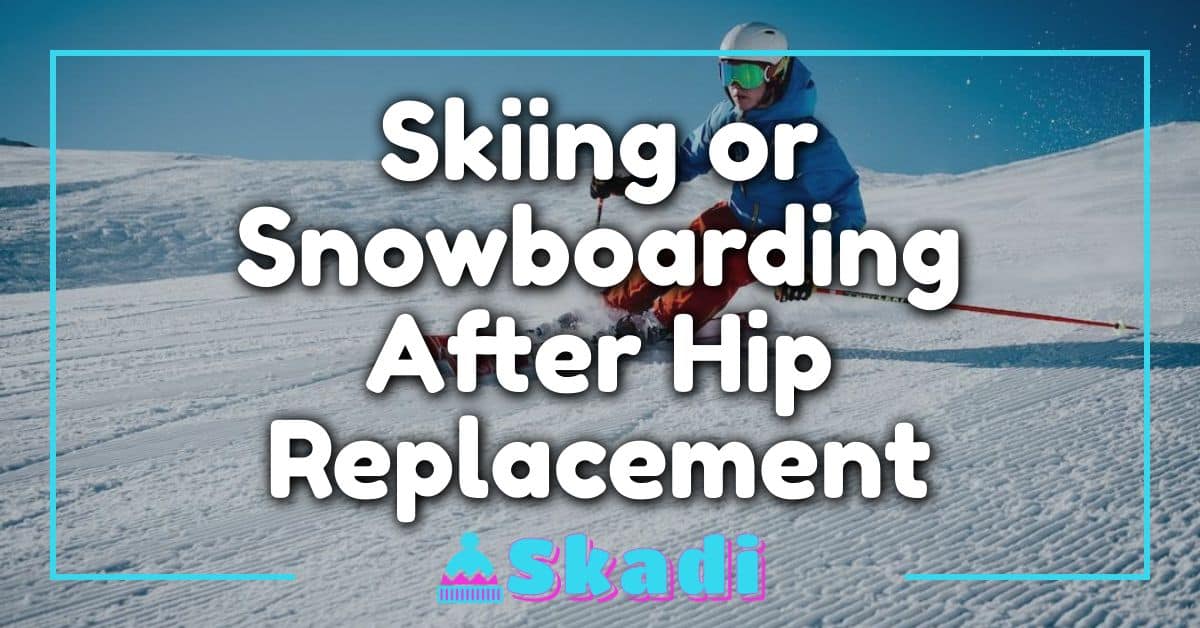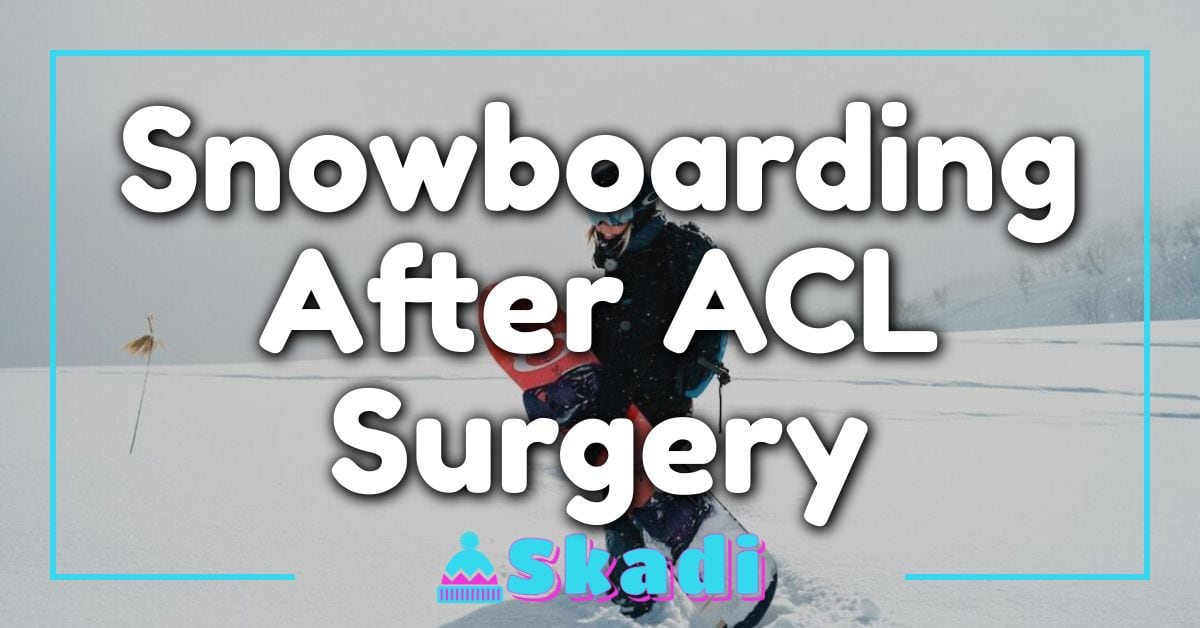Snowboarding after a knee dislocation, sounds daunting right? Don’t let fear hold you back! With proper care and rehab, it’s entirely possible to get back on the board. You’re not alone in this journey. Plenty of snowboarders have faced similar challenges and still managed to shred the slopes with gusto.

Let’s be clear, though – we’re not talking about throwing caution to the wind here. Safety should always be your top priority. The road to recovery might be rough at times but remember that patience is key in these situations.
Take a deep breath, strap on your boots, and keep an open mind. You’d be surprised how much progress can be made with determination and a positive attitude! After all, overcoming adversity is part of what makes snowboarding such an exhilarating sport.
Understanding Knee Dislocation
Ever wondered what exactly happens when your knee takes an unplanned detour? Let’s dive right in and shed some light on this snowboarding bummer known as knee dislocation.
First off, don’t be fooled by the term ‘dislocation’. It isn’t just about your knee cap going rogue. In medical parlance, a dislocated knee means that the bones which form your knee joint have been jolted out of their normal position. This could involve either or both sets of bones – the femur (thighbone) and tibia (shinbone), or the patella (kneecap) and femur.
Now you’re thinking, “How bad can it get?” Well, pretty intense if you ask us! Knee dislocations are typically consequences of high-impact collisions or falls – like those gnarly wipeouts on your snowboard. And they’re not for the faint-hearted; such injuries often come with a side serving of ligament damage.
So why all this hullabaloo over a wayward kneecap? Here’s why: The four major ligaments in your knee play a huge role in keeping everything stable and aligned while you pull off those sick moves on your board. When one or more gets damaged due to dislocation, it becomes a complicated issue needing immediate attention.
To give you an idea of how common these injuries are among winter sports enthusiasts:
| Sport | Percentage (%) |
|---|---|
| Skiing | 35% |
| Snowboarding | 41% |
As you can see, knee dislocations aren’t negligible when it comes to snowboarding mishaps! So now that we’ve got down to the nitty-gritty of what happens when knees go awry, let’s set our sights on how to tackle this setback.
Prevalence of Knee Injuries in Snowboarding
First off, let’s tackle the big question: just how common are knee injuries in snowboarding? According to a study published by The American Journal of Sports Medicine, it’s revealed that knee injuries account for about 20% of all snowboarding injuries. That’s not exactly a small number!
When we dive into the data further, we find some interesting trends. For example, women are twice as likely to suffer from ACL (Anterior Cruciate Ligament) injuries compared to men. Now, why is this so? Well, it turns out that factors such as body alignment and muscular strength play a role here.
Here’s a quick glance at the statistics:
| Injury Type | Percentage |
|---|---|
| Knee Injuries | 20% |
| Head/Neck Injuries | 15% |
| Wrist Injuries | 12% |
Now you might be wondering if there’s any difference between beginners and professionals when it comes to these knee troubles? Indeed there is! Beginners are more prone to wrist and tailbone injuries due to frequent falls while learning. Pros, on the other hand, tend to push their limits resulting in more complex traumas like knee dislocations.
Let me share with you an interesting fact! Did you know that freestyle snowboarders have been found to experience higher rates of severe knee injuries than their alpine counterparts? Yep – those daring stunts come at a cost!
So what does all this mean for you as a snowboarder dealing with or trying to avoid a knee injury? Well, knowing these stats can help guide your training regimen and safety practices on the slope. It also underscores why proper gear like helmets and protective pads are not just optional accessories but crucial investments for every ride down the mountain.
Steps to Take After a Knee Dislocation
So you’ve gotten a bit roughed up on the slopes and had a knee dislocation? That’s a bummer! But hey, don’t let it get you down. We’re here to guide you through some steps after this unfortunate event.
First off, IMMEDIATELY STOP ANY ACTIVITY. It’s crucial not to push your body further, risking more damage. Ideally, you should get medical help as soon as possible. A healthcare professional can make accurate diagnosis and proper treatment plan for your situation.
Once things are stable, you’ll probably need some physical therapy sessions. This will help in regaining strength and mobility in your knee joint. It might sound like an arduous task but remember the goal: getting back on that snowboard!
Next up is equipping yourself with knee braces or supports while snowboarding post-injury. These nifty items provide extra support to your healing knee – think of them as your personal cheerleaders!
And lastly, take it slow when returning back to snowboarding. Gradually increase the intensity of your sessions without rushing into big jumps or rapid descents right away.
- Immediately stop any activity
- Get medical help
- Start Physical Therapy
- Use Knee Braces/Supports
- Gradual Return
All these steps will surely aid in your recovery journey and have you shredding those snowy mountains again before long! Just remember – PATIENCE IS KEY in this process.
Physical Therapy for Knee Dislocation Recovery
You’ve had a knee dislocation, and now you’re itching to get back on your board. It’s understandable, but it is crucial that you don’t rush the recovery process. Here’s where physical therapy comes in.
Physical therapy plays a pivotal role in helping snowboarders recover from knee dislocations. It helps strengthen your muscles, improve flexibility, and boost overall joint function – all essential for getting you back on the slopes safely.
Now let’s break down what you can expect:
- Stretching: Your therapist will help guide you through gentle stretching exercises. This helps increase flexibility around your knee and promote healing.
- Strength Training: Building strength around the affected area is key to preventing future injuries. You’ll start slowly with simple resistance exercises before gradually moving onto more challenging workouts as your condition improves.
- Balance Exercises: Balance is everything when it comes to snowboarding. These exercises aim to restore stability and confidence on your feet.
It wouldn’t be surprising if you feel frustrated at times during this journey of recovery – slow progress can often test one’s patience! But remember, taking care of your body now will ensure many more years of shredding powder ahead!
So hang in there, buddy! Keep pushing through those physical therapy sessions because they’re crucial for successful recovery from a knee dislocation injury. And always listen to your body – it knows best when it’s ready for that adrenaline-fueled descent down the mountain again!
When to Return to Snowboarding Post-Injury
Let’s face it, knee injuries can be a bummer, especially when they keep you from hitting the slopes. If you’ve had a knee dislocation, figuring out when it’s safe to strap on your snowboard again is crucial. It’s not just about feeling ready; there are a few things your body needs to tell you first.
First off, let’s talk about pain. Your body uses pain as an alarm signal. If you’re still experiencing discomfort in that knee, it’s probably telling you it’s not quite ready for action yet. You should wait until your knee is pain-free before attempting any sporting activities like snowboarding.
Next up: strength and stability. After a dislocation, these two key elements often take a hit! Before returning to the mountain, make sure your injured knee feels as strong and stable as your uninjured one. This might involve some time spent with physical therapy exercises or gym workouts specifically designed for recovery.
- Pain level: no discomfort
- Strength & Stability: equal to other leg
Flexibility also plays an integral role in determining whether that knee is ready for snowboarding again. You’ll want to ensure that it has regained full range of motion post-injury.
Another factor? Swelling! It’s common after dislocations but don’t ignore this sign if it persists – lingering inflammation could indicate ongoing issues.
Finally, listen to the experts – particularly your doctor or physiotherapist who will have specific advice based on understanding of your injury and recovery process.
To sum up:
- No pain
- Strength and stability equal
- Full flexibility
- No swelling
- Doctor/physiotherapist approval
So there we go folks! Healing takes time so don’t rush yourself back onto those slopes too soon; instead focus on ticking these boxes off one by one until you’re good to go. Happy healing, and here’s to your future snowboarding adventures!
Adapting Your Snowboarding Technique after Injury
Your knee’s taken a hit and you’re probably thinking, “Will I ever be able to snowboard again?” Let me tell ya, it’s not only possible but with the right approach, you’ll be back on your board before you know it.
First off, remember that patience is key here. You’ve had a dislocation and your body needs time to heal. Don’t rush into anything too quickly. Instead, take this time to reflect on your technique – could there have been any contributing factors in your style of riding that led to the injury?
You may want to consider working with an instructor or physiotherapist who can help refine your technique post-injury. They’ll assist you in identifying movements that may put undue pressure on your knee joint and suggest safer alternatives.
Here are a few elements they might focus on:
- Turning: Making smooth and controlled turns can minimize stress on the knees.
- Weight Distribution: Properly distributing your weight over both legs can lead to better control and less strain.
- Body Alignment: Ensuring alignment between hips, knees and feet helps reduce the risk of twisting injuries.
One major factor that often gets overlooked is equipment. That’s right! Your bindings settings play a crucial role in preventing knee injuries during falls. A professional can guide you toward finding the perfect balance between safety release and performance.
Last but not least: conditioning! Strengthening exercises specifically tailored for snowboarders can enhance stability around the knee thus further reducing chances of reinjuring it.
Remember folks – while these tips are helpful for getting back out there after an injury, they’re also great preventative measures for all riders out there looking to keep their knees in tip-top shape. Happy shredding!
Safety Equipment to Prevent Further Injury
Diving right back into snowboarding after a knee dislocation? You’re braver than most, that’s for sure! But remember, you’ve gotta take care of that knee. The last thing you want is another injury. So let’s get down to it: what safety equipment should you invest in?
First off, a good quality knee brace is essential. It’ll provide the support your knee needs while helping to prevent further damage. There are tons of options out there, so make sure you choose one that’s specific for snowboarding and fits well.
Next on the list are padded snowboard pants or shorts. These not only give your knees extra cushioning but also protect other parts of your lower body from impacts.
Another must-have? Impact-absorbing socks. Yes, they exist! While they may seem like overkill, these babies can do wonders in reducing shocks and vibrations that could affect your knee.
Let’s not forget about the importance of proper footwear too! Snowboarding boots designed with adequate ankle support can help distribute weight more evenly across your leg and lessen strain on your healing knee.
While this might sound like a lot (and we know how much gear can clutter up the place), it’s crucial to prioritize safety when getting back onto the board post-injury. Remember, every piece serves its purpose:
- Knee Brace: For added stability
- Padded Pants/Shorts: Extra cushioning
- Impact-Absorbing Socks: Reduce shocks
- Supportive Boots: Even weight distribution
By taking these precautions and arming yourself with protective gear, you’ll be carving up those slopes again before you know it – safely and confidently!
Conclusion: Balancing Passion and Health
So, you’ve made it to the end of our snowboarding journey. Let’s wrap things up by talking about how vital it is to balance your passion for snowboarding with your overall health, especially after a knee dislocation.
You love the thrill of shredding down snowy slopes. The wind in your face, the crunch under your board – there’s nothing quite like it. But remember, getting back on your board post-injury isn’t just about determination; it’s also about listening to what your body needs.
After a knee dislocation, patience becomes more than just a virtue; it turns into a necessity. We know you’re eager to hit those slopes again but healing takes time. Don’t rush into things too soon or you risk causing more harm than good.
Think of recovery as part of the ride:
- Rest until you feel ready.
- Gradually reintroduce exercises.
- Seek professional advice throughout this process.
Let’s not forget that everyone heals at their own pace. It might be frustrating when progress feels slow, but bear in mind that every step forward counts!
Your safety gear is another crucial aspect to think about here. Investing in high-quality protective equipment can significantly minimize risks involved with snowboarding post-injury:
| Protective Gear | Why It Matters |
|---|---|
| Knee brace | Provides additional support and helps prevent re-injury |
| Helmet | Protects against head injuries during falls |
| Wrist guards | Helps avoid fractures and sprains |
Lastly, keep reminding yourself why you fell in love with snowboarding in the first place: because it brought joy and excitement into your life! So even while working through an injury setback, don’t let go of that spark. Your passion will fuel perseverance needed for full recovery.
In short? You got this! Stay positive and focus on balancing both passion for snowboarding and prioritizing health. This balance is the key to your successful return to those snow-covered mountains you love so much. Stay safe out there, and enjoy every moment of your ride!
















